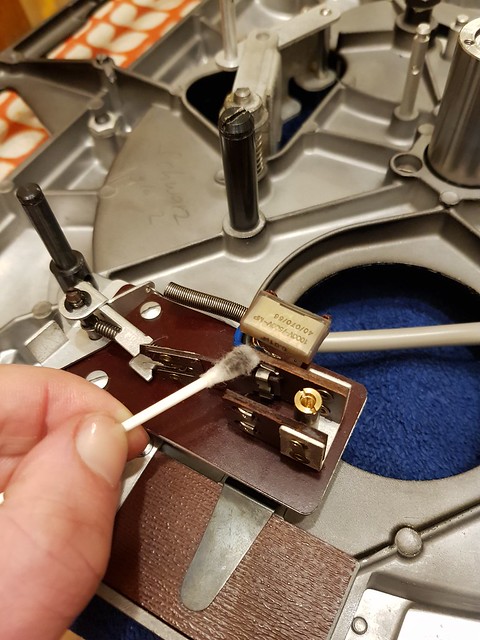wer
pfm Member
My 124 has a reed switch which turns on the motor when the rotary speed selector is turned to engage a speed. Unfortunately it no longer makes reliable contact
 and cleaning the contacts does not help.
and cleaning the contacts does not help.
Has anybody ever heard of a replacement switch, i wonder, because I am not even able to find a reference to it.

Has anybody ever heard of a replacement switch, i wonder, because I am not even able to find a reference to it.





